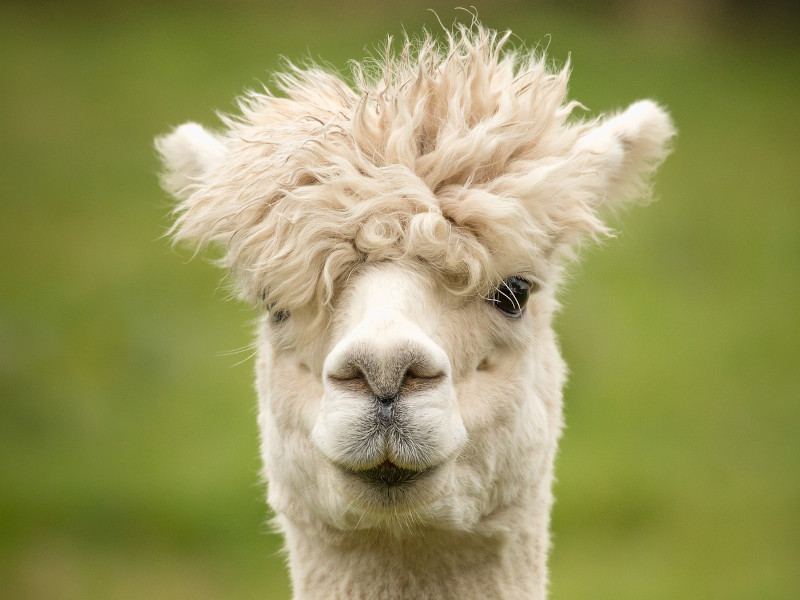Jupiter, the largest planet in our solar system, is a gas giant with no fewer than 92 moons. If it were closer to the sun, the Earth would be less hospitable.
Munich – Our solar system has eight planets, but none are larger than Jupiter – the undisputed ruler of the solar system. Its composition consists mainly of hydrogen and helium gases, and it is surrounded by no fewer than 92 known moons. The four largest are Io, Europa, Ganymede, and Callisto, which are called the Galilean satellites after their discoverer, Galileo Galilei.
| Jupiter | |
| family name: | Jupiter |
| He writes: | gas planet |
| radius: | 69,911 kilometers |
| Location in the solar system: | The fifth planet |
| distance from the sun: | 778,500,000 km |
| Orbital period around the sun: | 12 years |
| Moons: | at least 92 |
With a diameter of 143,000 km, Jupiter is not only the largest planet in our solar system, but also the most massive. Its mass is about 2.5 times that of the other seven planets combined. Jupiter is about 318 times heavier than Earth and 11 times thicker in diameter. A study found that Jupiter affects Earth’s habitability due to its massive size. Jupiter is a gaseous planet, which means it has no solid surface. The lines on its surface are colored cloud bands. By the way: you can actually see them from Earth through binoculars.
Jupiter is the largest planet in the solar system: the third-brightest object in the night sky after the Moon and Venus
The Great Red Spot, which stands out alongside the cloud bands on Jupiter’s surface, is a massive, elliptical storm currently about half the diameter of Earth. It was discovered by researchers as early as 1830, and it has been observed continuously since then. In the past, the Great Red Spot has decreased in size – and NASA suspects this is due to interactions with other storms on the planet.
When Jupiter is visible in the sky, it stands out: it is the third-brightest object in the night sky after the Moon and Venus. Even at low magnification, the four Galilean moons can be observed appearing to “dance” around Jupiter.
It has been visited by many spacecraft: the spacecraft is collecting data about the gas planet Jupiter
NASA’s Pioneer 10 spacecraft was the first spacecraft to approach the gas giant. And in 1973, it circled the planet at a distance of about 130,000 km and provided important data for science. Just a year later, Pioneer 11 followed, which moved even closer to Jupiter. Both probes collected information about the planet’s magnetosphere and took the first close-up pictures of Jupiter.
In 1979, two space probes visited the largest planet in the solar system: “Voyager 1” and only a few months later “Voyager 2” flew to the gas giant. They discovered volcanic activity on Jupiter’s moon Io, and found that the planet, like Saturn, has rings around it. The space probe “Galileo” (NASA) has orbited Jupiter for more than seven years since 1995, and has flown near the Galilean moons several times. One of the many discoveries: There must be an ocean within the moon Europa.
Science also studies the moons of Jupiter
The Cassini and New Horizons space probes traversed the Jupiter system on their way to their actual destinations (Saturn and Pluto), collecting valuable data for research in the process. NASA’s Juno probe is currently orbiting Jupiter, observing, among other things, its magnetic field and atmosphere. It also sends high-resolution images back to Earth.
The mission “GOES” of the European Space Agency “ESA” is currently on its way to Jupiter. It is expected to reach the planet in 2031 and then orbit around it for two years. After that, Jupiter’s moons Europa, Callisto and especially Ganymede are also planned to be investigated. Since not only Jupiter itself is of scientific interest, but also its moons, NASA’s Europa Clipper probe is scheduled to launch to Jupiter’s moon Europa in October 2024. (unpaid bill)
Automated assistance was used in this editorial article. The article was carefully screened by editor Moritz Plitzinger prior to publication.

“Total coffee aficionado. Travel buff. Music ninja. Bacon nerd. Beeraholic.”







More Stories
More precision in nuclear fusion: ALPACA increases efficiency
WASP-43b: An exoplanet with clouds of liquid rock
€2 million – The renovation of the Neurology Department in Amstetten has been completed